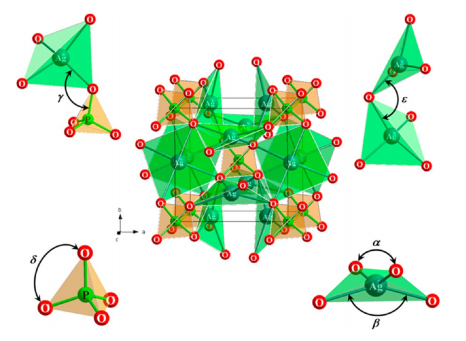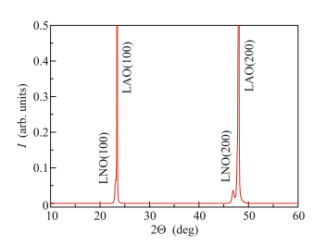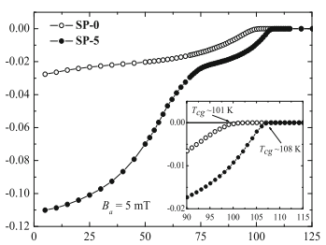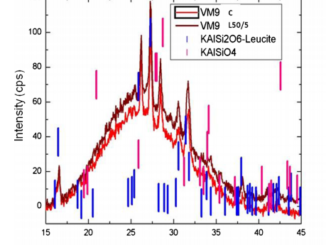
Experimental and Theoretical Study on the Structure, Optical Properties, and Growth of Metallic Silver Nanostructures in Ag3PO4
Abstract: Theoretical and experimental studies were performed on the structure, optical properties, and growth of silver nanostructures in silver phosphate (Ag3PO4). This material was synthesized by the coprecipitation method and processed in a microwave-assisted hydrothermal system at 150 degrees C for different times. The structural behavior was analyzed by means of X-ray diffraction, Rietveld refinement, and Raman spectroscopy. Field emission gun scanning electron microscopy as well as transmission electron microscopy revealed the presence of irregular spherical-like Ag3PO4 microparticles; metallic silver nanostructures were found on their surfaces. The growth processes of Ag nanostructures when irradiated with an electron beam were explained by theoretical calculations. First-principles calculations, within a quantum theory of atoms in molecules framework, have been carried out to provide deeper insight and understanding of the observed nucleation and early evolution of Ag nanoparticles on Ag3PO4 crystals, driven by an accelerated electron beam from an electronic microscope under high vacuum. The Ag nucleation and formation is a result of structural and electronic changes of the AgO4 tetrahedral cluster as a constituent building block of Ag3PO4, consistent with Ag metallic formation. The optical properties were investigated by ultravioletvisible spectroscopy and photoluminescence (PL) measurements at room temperature. PL properties of this phosphate were explained by the recombination phenomenon of electronhole pairs via cluster-to-cluster charge transfer.
Author(s): Botelho, G; Sczancoski, JC; Andres, J; Gracia, L; Longo, E
JOURNAL OF PHYSICAL CHEMISTRY C
Volume: 119 Pages: 6293-6306 Published: MAR 19 2015
DOI: 10.1021/jp512111v




